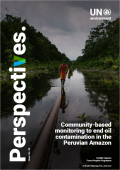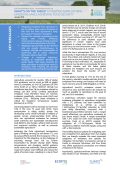
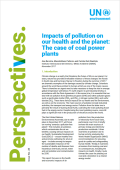
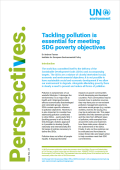
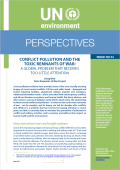
Severe pollution incidents have provided some of the most visually arresting images of recent armed conflicts. Oil fires and spills, bomb-damaged and looted industrial facilities, abandoned military material and munitions, rubble and demolition waste – all are associated with contemporary conflicts, and all can threaten ecosystems and human health. But these obvious, and often serious, sources of pollution rarely tell the whole story. The relationship between armed conflict and pollution – or what we view as the toxic remnants of war – can be complex, and its legacy can last for decades after conflicts end. While it is a problem that has received increasing attention in recent years, too little is currently done to minimize the generation of pollutants in conflict and military activities, and to examine and address their impact on human health and the environment.
